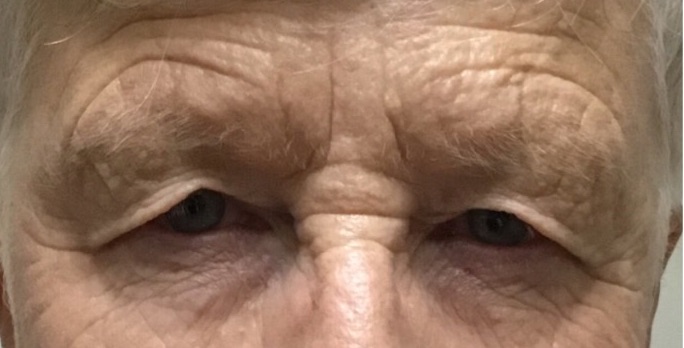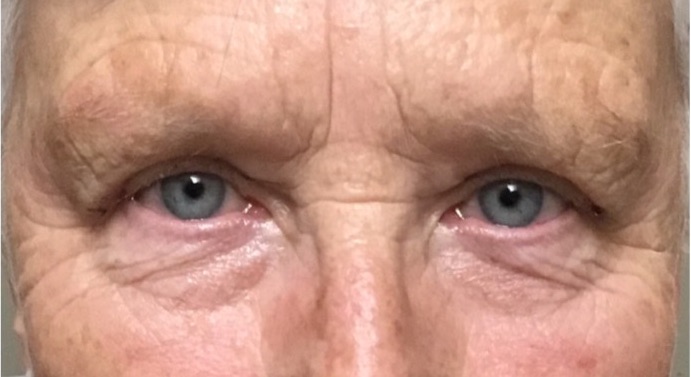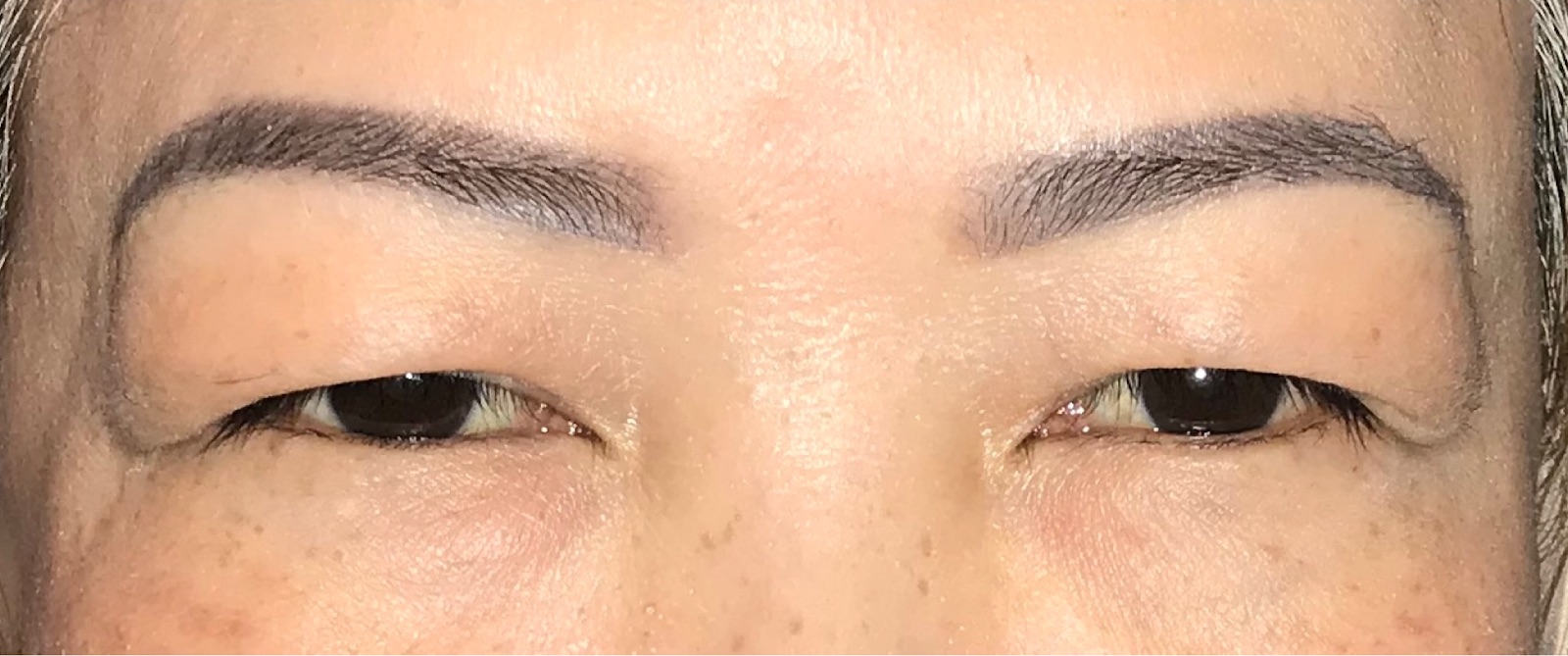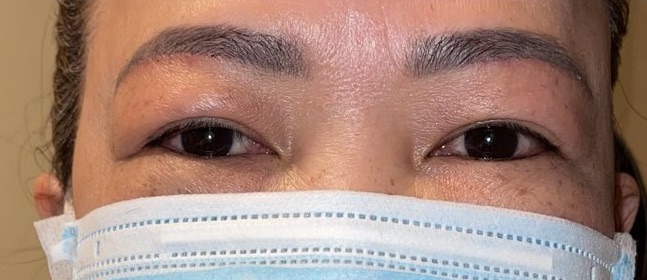Dermatochalasis

Dermatochalasis is caused by excess skin of the upper eyelid inducing droopiness of the upper eyelid by its weight, and affects a significant portion of the population. It most commonly affects middle-aged adults and the elderly, it can sometimes develop as early as 20 years old. It can cause significant obstruction of peripheral vision and surgery may be necessary for visual improvement.
The most common treatment option for dermatochalasis is a procedure called blepharoplasty (commonly referred to as an “eye lift”). Over hundreds of thousands of patients undergo this procedure annually. Blepharoplasty removes the excess skin in the eyelids thereby lifting the eyelids back to their natural position.
While recovery time may vary, you will be able to read and drive the following day, and should refrain from strenuous activity for about a week. The surgery itself is often quite short, lasts less than one hour, and patients return home the same day.





